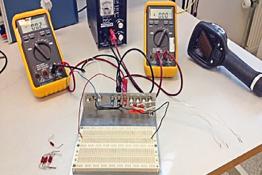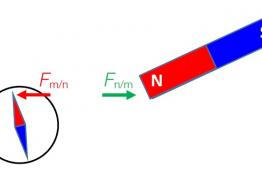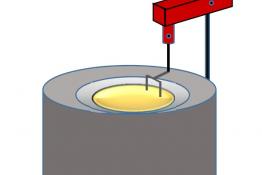Using test data to find misconceptions in secondary science
Issue 364 | Page 31 | Published Mar 2017
Description
Students, as well as teachers, often learn what makes sense to them, even when it is wrong. These misconceptions are a problem. The authors sought a quick, quantitative way of identifying student misconceptions in secondary science. Using the University of Toronto's National Biology Competition test data, this article presents a method of quickly identifying misconceptions that agree with many facets of the extant misconception literature (ubiquity across subject areas, pervasiveness regardless of question difficulty, and distractive power). Seeking students' most common wrong answer on a multiple-choice test is found to be a fast, reliable, and data-driven way to identify misconceptions.
More from this issue
Increasingly affordable visualisation technology brings exciting opportunities for making the invisible appear visible. This can support the...
Using a conventional notation for representing forces on diagrams, students were presented with questions on the interaction between two objects....
This overview is intended to help colleagues achieve successful and satisfying observations using a ripple tank. There are many observations to...




